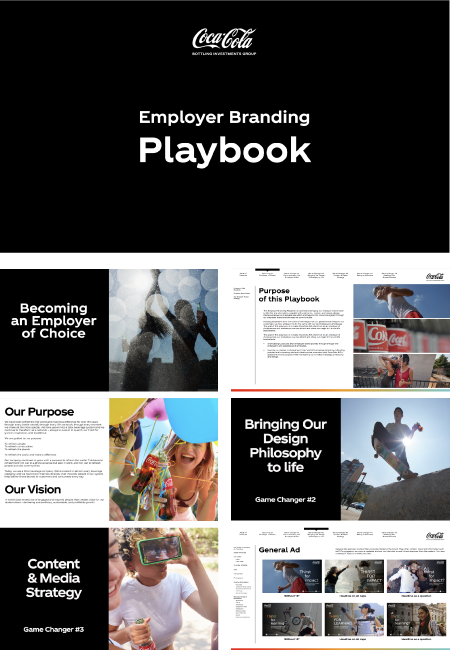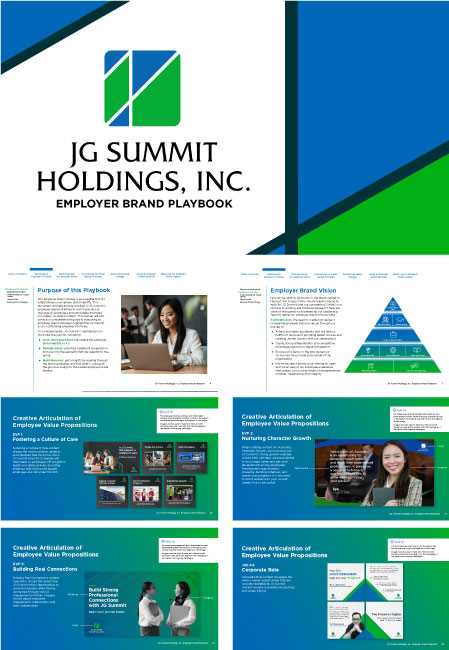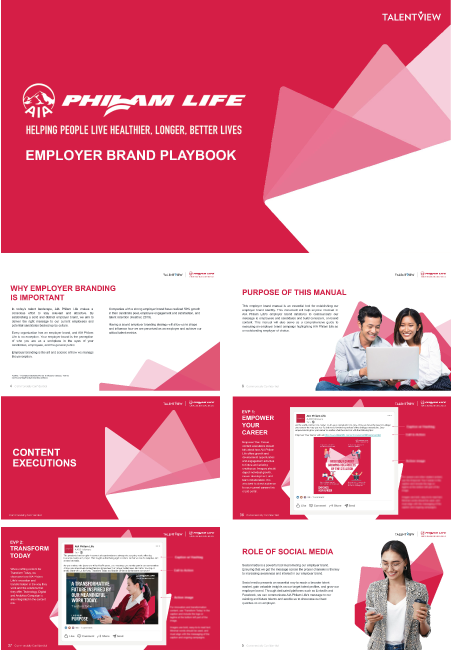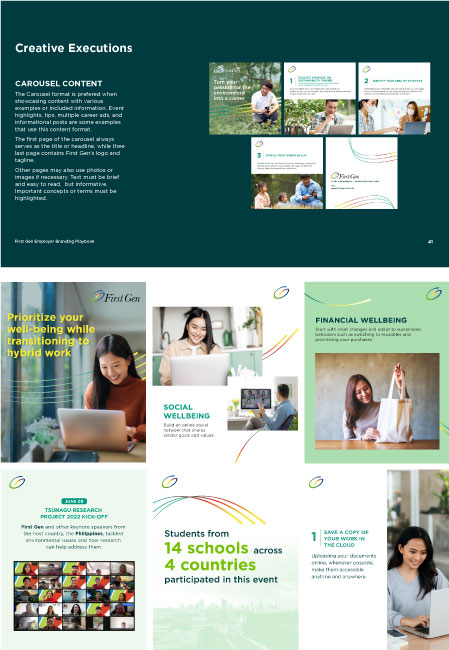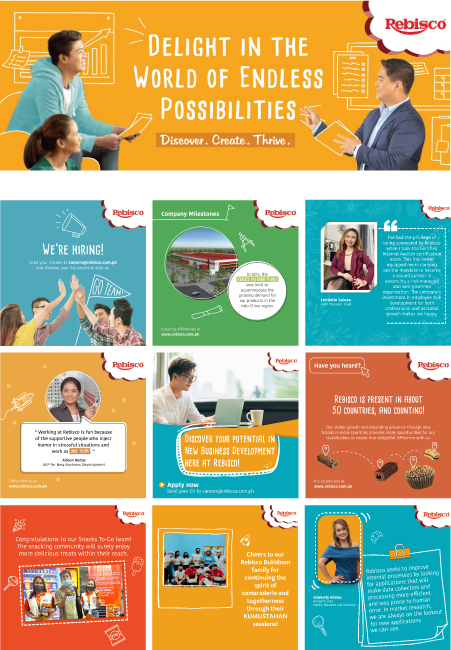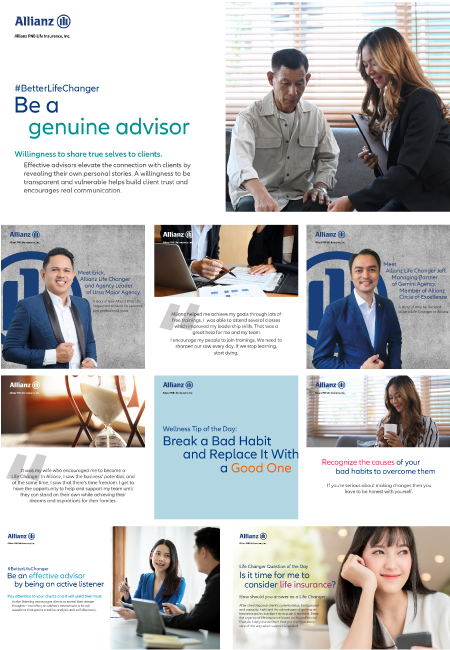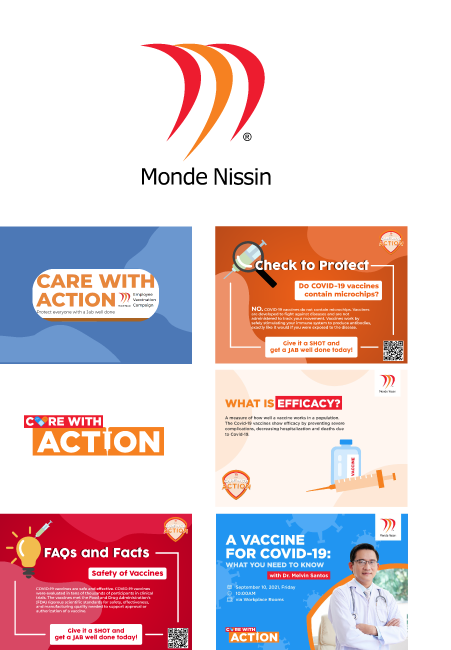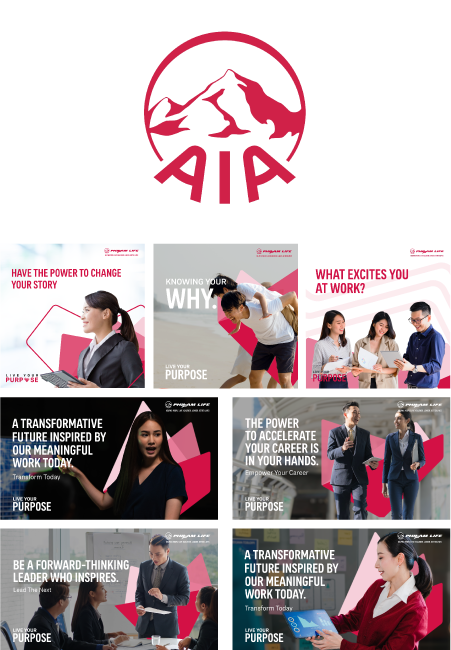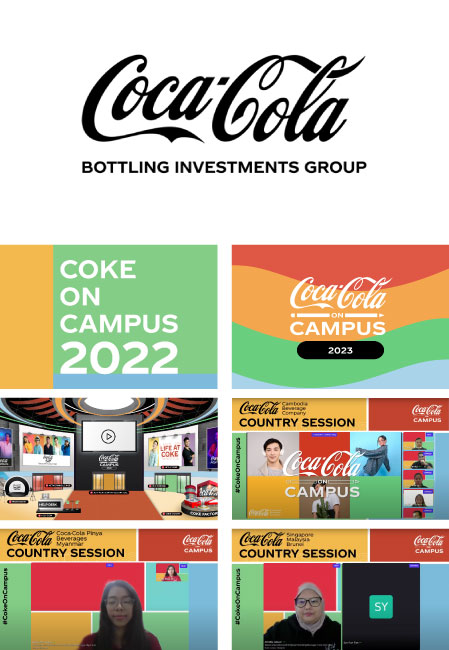4 WAYS TO GET EXECUTIVE BUY-IN FOR YOUR EMPLOYER BRAND
Behavior follows buy-in - that is, most people must try something that works before they accept that it is beneficial; if they see the results, then they believe that it is the right thing to do and it fuels further action and support.
Think of the last time you first led a project? Wasn't it a bit unnerving because you were still learning the ropes? Once you've gotten through a first round of implementation though and have seen a a few outcomes, I'm sure you felt a boost of confidence. Wasn't it easier to get support from others? Wasn't it easier to talk about it because you were more familiar this time around? This is the same challenge HR leaders must overcome in getting executive buy-in for their employer brand.
When starting employer branding initiatives with customers, one of the first questions I ask is why they want to establish their employer brand. The top answers I get are typically:
1. Losing talent to competitors
2. Not having a high enough Job Offer Acceptance Ratio
3. Not meeting turnaround times expected by the business for hiring talent
While all these are HR metrics and predominantly talent acquisition issues, overcoming them successfully involves a wider perspective and getting the leadership team to buy into a more structured approach. Here are a few ways to I've found to effectively build leadership buy-in for your employer brand:
Educate Yourself
Get yourself more comfortable about employer branding, look at what others know that you probably need to learn about. Observe what competitors are doing, not to copy them, but to see what talents respond to and what can apply to your own organization. Attend courses and watch videos that will give you talking points to justify your proposal. Even the world of social media alone is a handful. You will need an understanding of the social lanscape: what different social media tools can do, what channels will be most effective in communicating with applicants and employees and what competitors are doing on social media to win candidates. Internally, you can the begin the conversation with your leaders by presenting the functions of the various platforms and how they could be used for recruiting. With the help of a little bit of data from exit interviews and employee stories, you can also show where candidates were going after turning you down, which skill sets you struggled to hire fore and which companies had the talent you were looking for.
Experiment with Pocket Projects
It’s great to know a lot in theory, but it’s another thing to experience moments when sh*t hits the fan. Those are the moments you truly learn and drive smarter ways to apply your learning. You need to try stuff, from crafting your own EVPs to aligning them to graduate programs, updating your career website and rolling out internal programs. If you’re observant enough, and I am sure you are, all these moments will give you a realistic preview of what areas you can manage internally and what aspects of your employer brand you will need to outsource or build new support systems for. Work with a few leaders who were convinced with your initial education by showing them that you've experimented. Look at the impact of your small scale, pocket projects with metrics such as your turnaround time, quality of hire and job offer acceptance ratio. In this effort, it is once again vital to show relevant data and make sure that leaders are aware of pocket project success so you can start gaining momentum and get even more buy in from other leaders.
Engage with the Business
Once you’ve educated yourself to a level of comfort where you completely understand what employer branding is, how it benefits your organization and what objectives you are looking to support through your brand, you can now engage your leaders in conversation. Engaging with leaders means engaging with the business and understanding the real pain points linked to company goals. Remember, they are looking through everything with a business lens. Their questions are “How do I reach my revenue targets?” “How can I expand to new locations by next year?” Your employer brand must answer these questions and not simply end at the number of talents you will hire or the amount of exposure you will get in a job fair? One measure you can use is called ‘Revenue per Employee’ (RPE) wherein you divide the company’s total revenue (let’s say 100 million) by the number of employees you have (let’s say 100 team members). Effectively, that makes your RPE 1 million. You can then look at all the vacant roles that were not filled for the year because the organization just couldn’t attract and retain the needed talent. Let’s say there were 10 roles not filled, since your RPE was 1 million, that would equate to a revenue loss of 10 million for that year. Of course the disclaimer here is that this is one of the possible ways to compute revenue loss and every individual may have varying contributions; but assuming that we use this formula as an indicator of revenue, the organization is losing 10% of revenue each year by not having a complete workforce. And in business, especially in enterprise organizations, that is a big chunk to lose. These data points are vital to prove the need for employer branding and to justify the initiatives you want leaders to prioritize.
Evolve Your Process
Use your momentum and success metrics to evolve your process by building relationships with other departments that may complement your efforts. It could be marketing, PR, communications or even other teams in HR that can benefit from internal employer branding projects. Now that you've gotten some support, take this opportunity to increase alignment with other parts of the business. Evolving your process can look like the following projects:
- Recruitment videos to highlight your value propositions and showcase brand ambassadors while gaining internal support
- Further training for all your managers to implement your employer brand promise effectively throughout a team member's tenure
- Launching a more robust graduate recruitment program that target specific schools for specific business functions
The bamboo is the fastest-growing plant in the world-- it can grow up to 15 cm in four hours or about 1 mm every 90 seconds! And yet you won’t notice this continuous growth each day – you are only able to marvel at it when you remember how small it once was. That, I believe, is also a good way to look at leadership buy-in within our organizations-- the more we educate ourselves, experiment on projects, engage in leadership conversations and evolve our process, the more we see our success and get others to buy-in to the same success. After all, everything starts with belief.
What are your top leadership buy-in hacks?
TalentView is a leading employer branding firm with a mission of elevating human capital standards across the ASEAN region. Working directly with business leaders in Fortune 1000 companies,TalentView’s solutions help create and maintain exceptional experiences to attract, engage and retain their talent. Partnering with key global players including Workplace from Meta, The Bot Platform, Talegent, Indeed, Glassdoor, and Hootsuite.
Uncover Your Brilliance with us!







